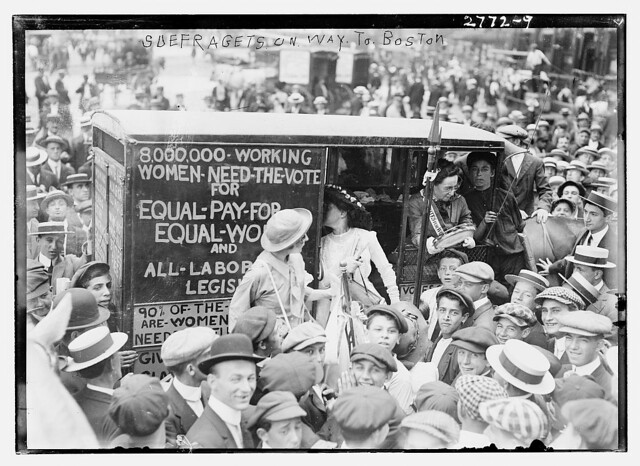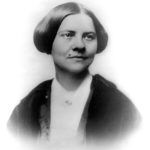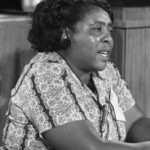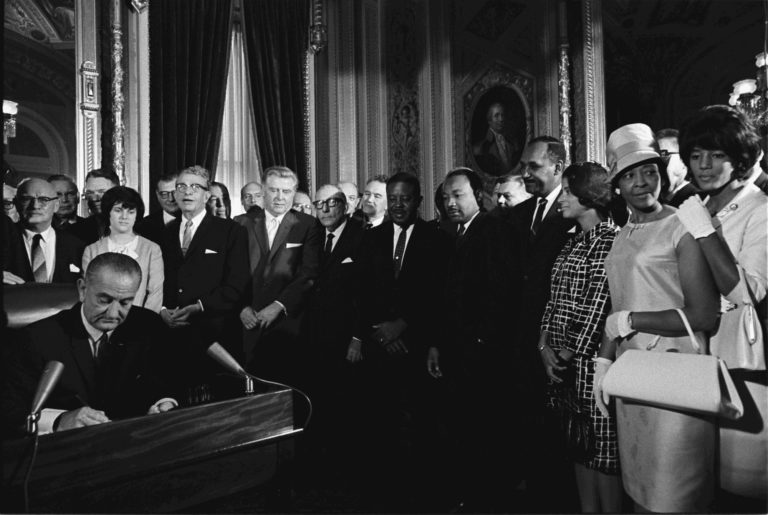It’s that time again… the July Democratic Debates are finally here! Before we head…
100 years later, what we can learn from the Suffrage movement?

This post is adapted from remarks I gave at the Suffrage Centennial Kick-Off Celebration on June 25, 2019, through the Greater Boston Women’s Vote Centennial project.
So many of my heroes come from the women’s suffrage era, starting with my own Gramma Minnie, who used to tell me about growing up in the time before women had the right to vote. She proudly voted for the first time in the presidential election of 1920—just months after the 19th Amendment gave women the right to vote nationwide. She lived to the age of 96 and never missed an election.
On May 21, 1919 the House of Representatives passed the 19th Amendment, and the Senate followed on June 4th 1919. My home state of Massachusetts ratified on June 25th, 1919 and once 36 states had ratified, it became part of federal law. And finally, on August 26th, 1920, the 19th Amendment was officially declared part of the Constitution by the federal government.
As we acknowledge these milestones, it’s important to mark this centennial not just a commemoration, but a call to action. Because, 100 years after the 19th Amendment, we still have much more work to do. Voter suppression has not gone away, the tactics have just evolved. Women and people of color are still vastly underrepresented in positions of political leadership.
So, what can we learn from the suffragists? Three important lessons come to mind: resilience, inclusion, and responsibility.
Resilience.
For daring to demand equal rights, generations of suffragists endured taunts, threats, and even imprisonment. Not only did they not back down, two suffragists: Victoria Woodhull and Belva Lockwood, actually ran for president some forty years before women won the right to vote nationwide.
Their courage and resilience cleared the way for a historic milestone: just last month, for the first time ever, we saw multiple women on the presidential debate stage.
Change can be slow, but breakthroughs can happen at any moment. So, we have to keep dreaming bigger and pushing further—and never, ever give up.
Inclusion
 One of the most painful chapters of the suffrage movement was the fight over the 15th amendment, which gave black men the vote fifty years before white women. The argument split the suffragists and revealed deep-seated racism. I’m proud to say one of my heroes, Lucy Stone, sided with Frederick Douglass in support of the 15th amendment. For her courageous stand, our state’s most famous suffragist was largely written out of the history books by her former allies.
One of the most painful chapters of the suffrage movement was the fight over the 15th amendment, which gave black men the vote fifty years before white women. The argument split the suffragists and revealed deep-seated racism. I’m proud to say one of my heroes, Lucy Stone, sided with Frederick Douglass in support of the 15th amendment. For her courageous stand, our state’s most famous suffragist was largely written out of the history books by her former allies.
Today, thanks to the tireless efforts of brave women of color, LGBTQ women, and others, there is growing awareness  that, as Fannie Lou Hamer famously put it, “Nobody’s free until everybody’s free.”
that, as Fannie Lou Hamer famously put it, “Nobody’s free until everybody’s free.”
Still, we have much more work to do to build a fully inclusive and intersectional women’s movement. And white women in particular must continue to listen and learn from those who have been left out and left behind.
Responsibility.
 We are living at a pivotal moment, when decades of hard-fought progress are at risk. This is nothing new. Coretta Scott King said it best: “Struggle is a never-ending process. Freedom is never really won, you earn it and win it in every generation.” I believe we are up to the challenge.
We are living at a pivotal moment, when decades of hard-fought progress are at risk. This is nothing new. Coretta Scott King said it best: “Struggle is a never-ending process. Freedom is never really won, you earn it and win it in every generation.” I believe we are up to the challenge.
I am inspired every day by the many women of all generations and backgrounds who are stepping up to lead today’s movements for social justice, from the Women’s March to the halls of Congress and everywhere in between.
So, let’s keep it up! Marching, running, voting, and making our voices heard. So that one hundred years from now, future generations will look back in awe of all that we stood for and know that they too can meet the challenges of their time.






